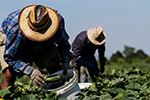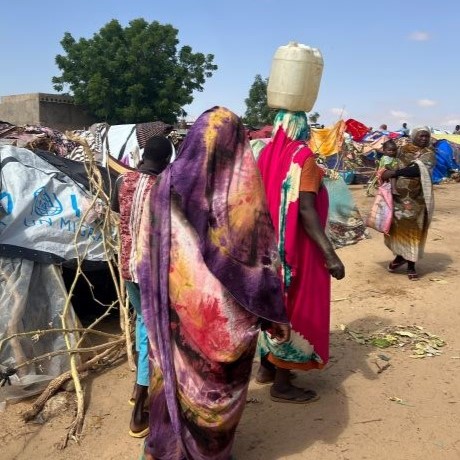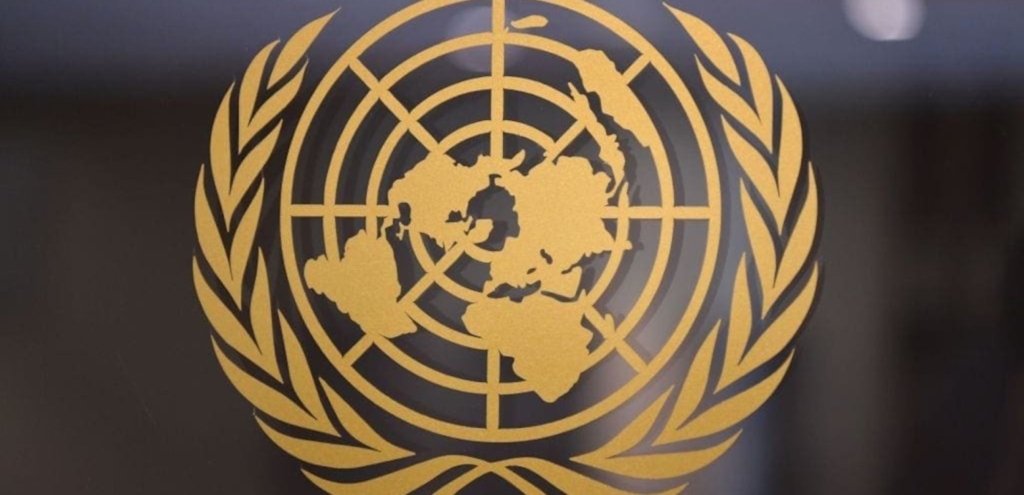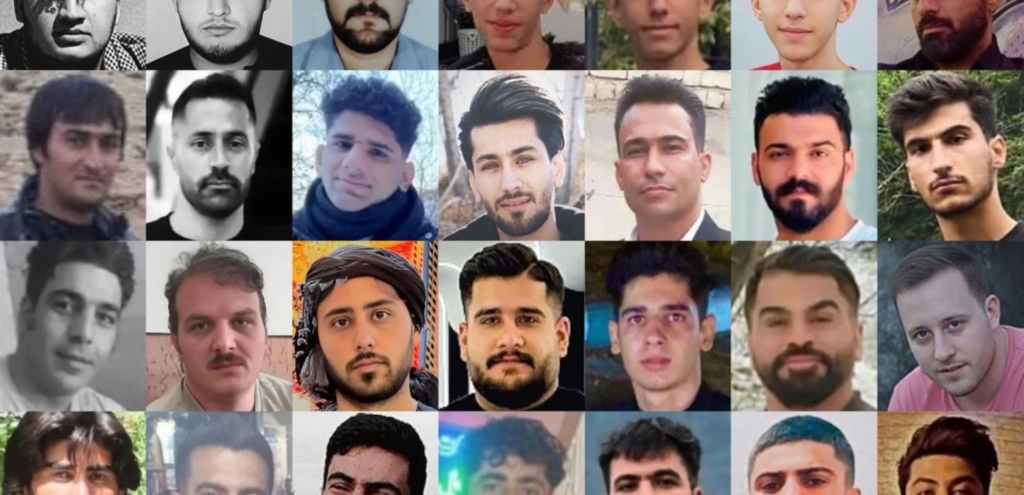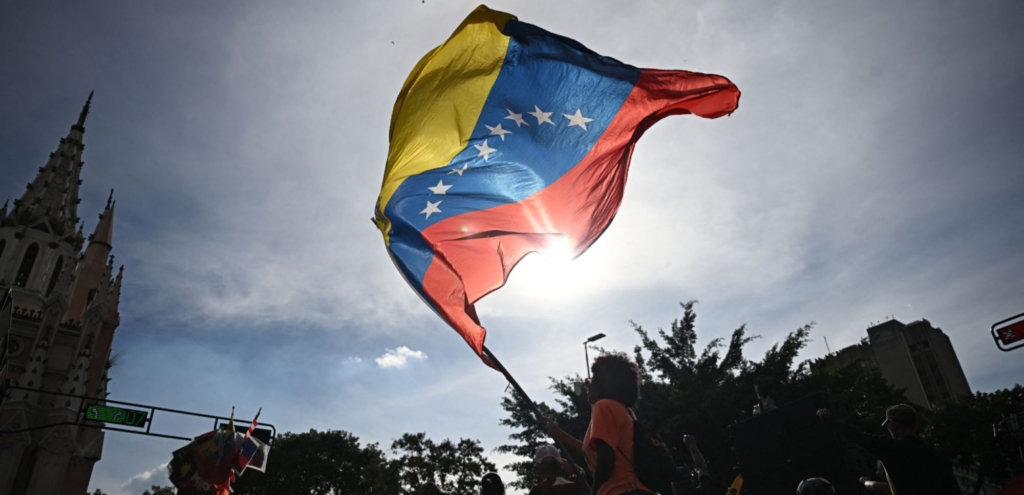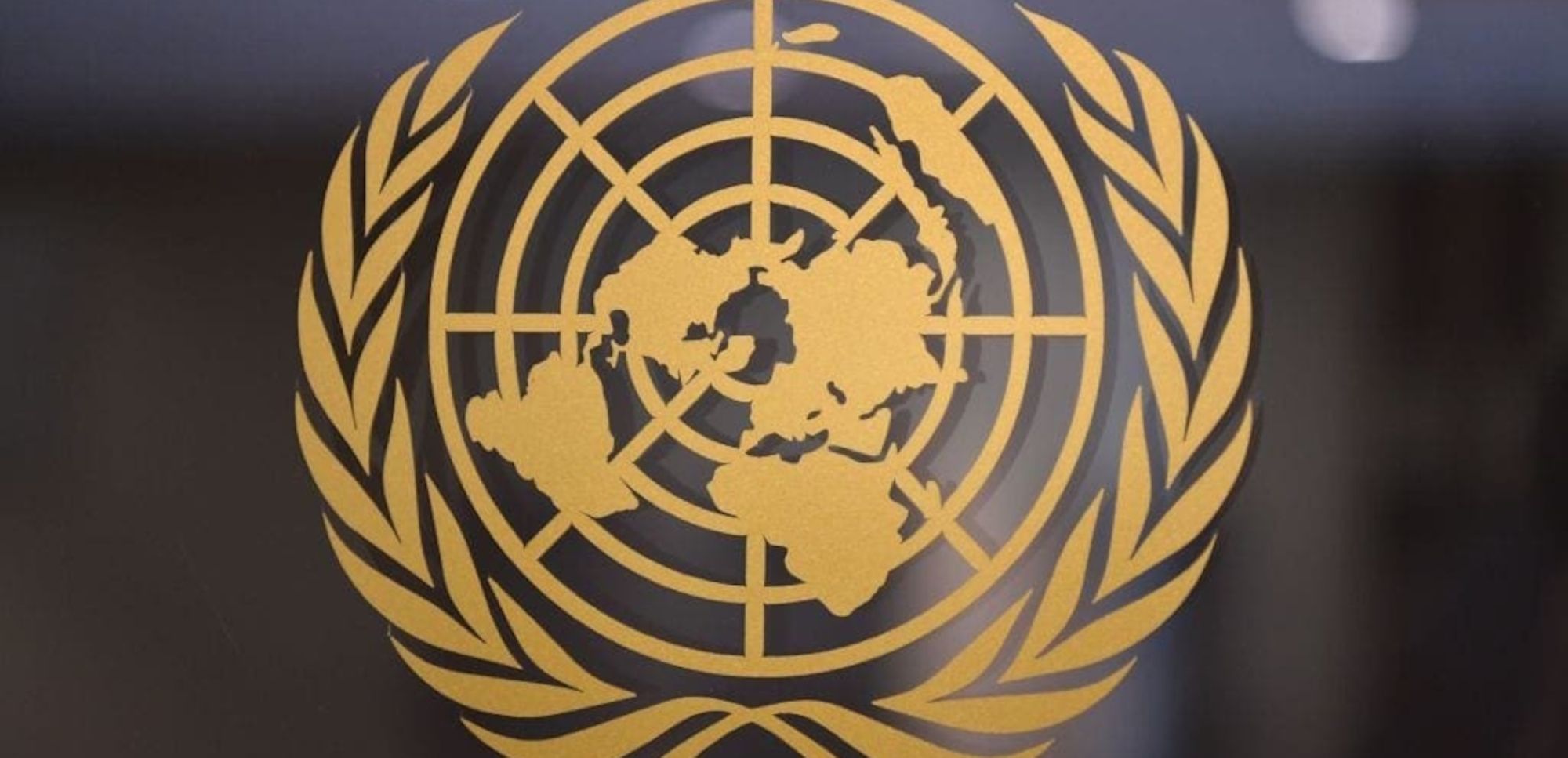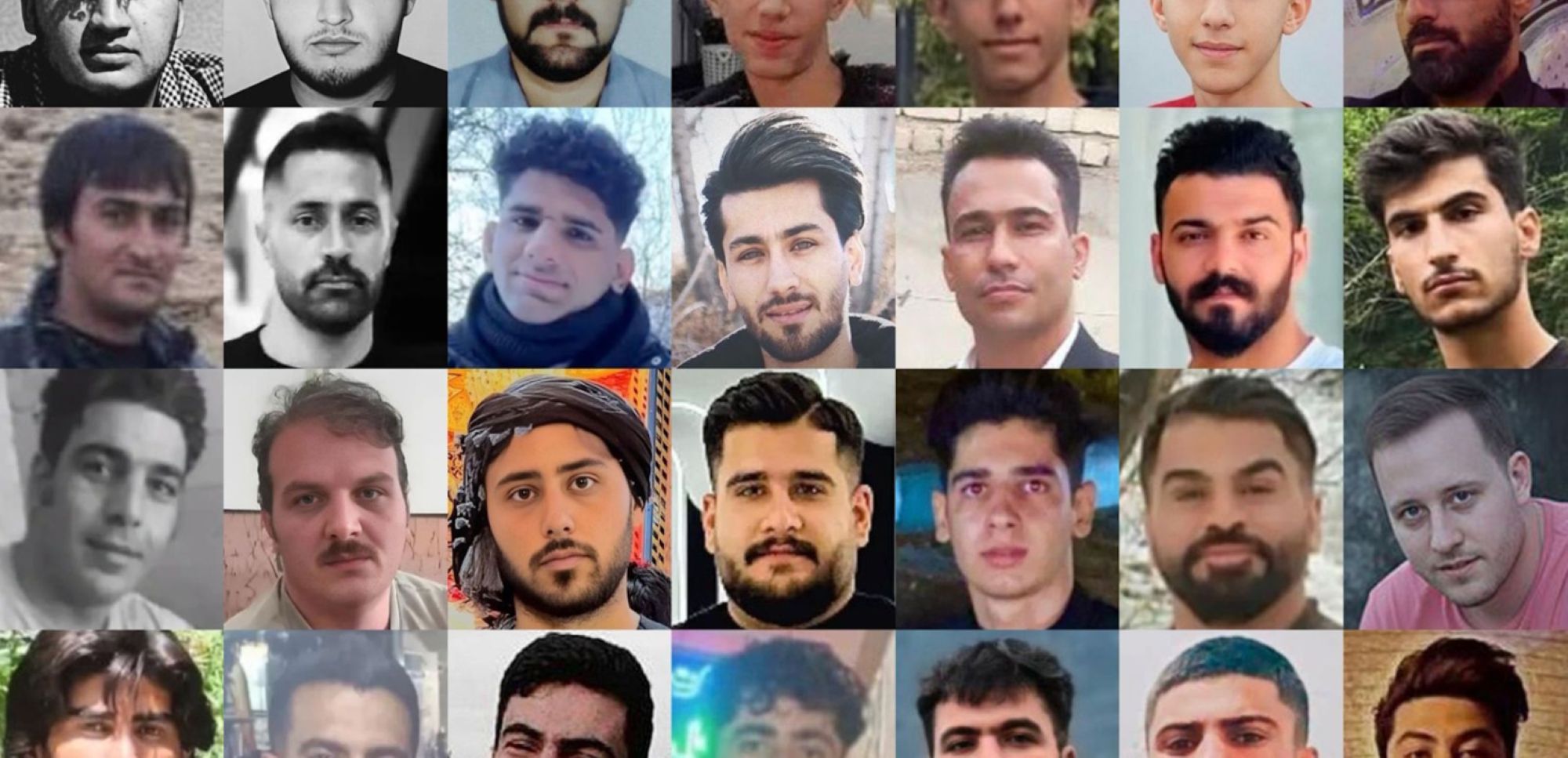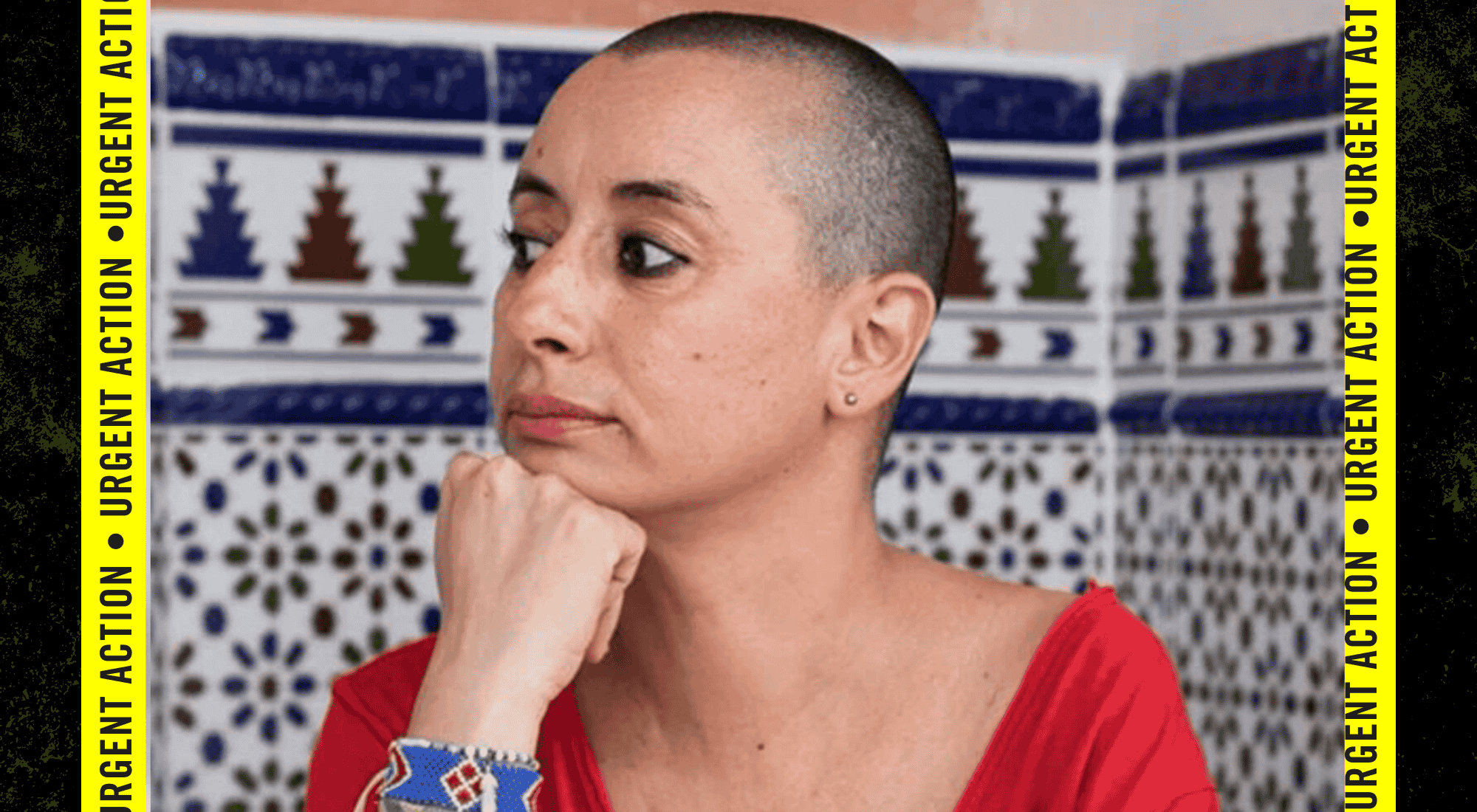The scale and severity of violence faced by Indigenous women and girls requires a corresponding commitment by government to ensuring their safety. Amnesty International has long called for a comprehensive, coordinated national plan of action to address gaps in current policies, programs and services; involve Indigenous women’s organizations in identifying the necessary solutions; and ensure accountability in their delivery.
| By Jacqueline Hansen, Amnesty International’s Major Campaigns and Women’s Human Rights Campaigner. | |
| By Craig Benjamin, Campaigner for the Human Rights of Indigenous Peoples |
Implementation of a National Action Plan to end violence against women is also necessary to fulfill Canada’s international human rights commitments.
In January 2007, the United Nations General Assembly adopted a resolution that called on all states to eliminate all forms of violence against women “by means of a more systematic, comprehensive, multisectoral and sustained approach, adequately supported and facilitated by strong institutional mechanisms and financing, through national action plans…” The call for comprehensive, sustained National Action Plans has been reaffirmed in subsequent resolutions.
Canada played a leading role in these UN resolutions calling for National Action Plans. Canada is not exempt from the position, which it has supported at the UN, that all states should adopt National Action Plans to end violence against women.
The Native Women’s Association of Canada, the Assembly of First Nations and many other Indigenous and civil society organizations have called on Canada to adopt a comprehensive and coordinated National Action Plan to stop violence against women.
A National Action Plan should include:
- A commitment to address violence against Indigenous women and girls on the basis of the protection and full realization of their human rights as set out in Canadian law and international human rights standards, including the UN Declaration on the Rights of Indigenous Peoples;
- The collection and routine publication of gender-disaggregated data on health and social and economic conditions for Inuit, Métis and First Nations women, men, girls and boys including rates of violence against Indigenous women and girls;
- The promotion of standardized protocols for police handling of missing persons cases, including tools for fair and effective assessment of the risk to the missing individual;
- Improved coordination of police investigations into long-term missing persons cases and unsolved murders involving Indigenous women and girls;
- Adequate, sustained, and long-term funding to ensure the provision of culturally relevant services to meet the needs of Indigenous women and girls at risk of violence or in contact with the police and justice system, including emergency shelters, court workers, services for survivors of violence and specific programs to assist women and girls who have been trafficked within Canada.
- Immediate measures to ensure that funding for healthcare, housing, education and other services for Indigenous women, children and families are equitable to those available to non-Indigenous people in Canada and sufficient to enable effective protection and full enjoyment of their rights. Particular priority should be given to eliminating discrimination in funding for child and family services.
To be successful, a National Action Plan should be developed in collaboration with Indigenous women’s organizations to ensure their full and effective participation in defining needs and solutions and must be accompanied by measures to ensure accountability to Parliament and to the Indigenous women and their families who the plan would serve.
A National Action Plan is not an alternative to a National Public Inquiry. An independent inquiry would be a powerful tool to ensure that the National Action Plan is well informed and well supported.











